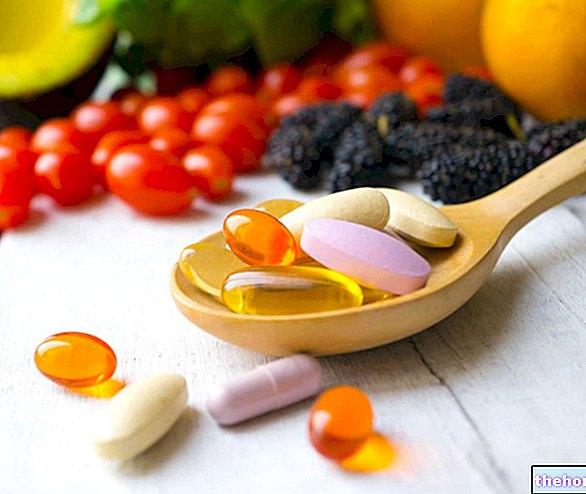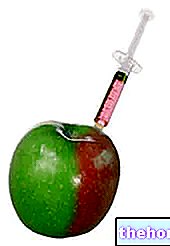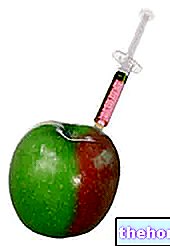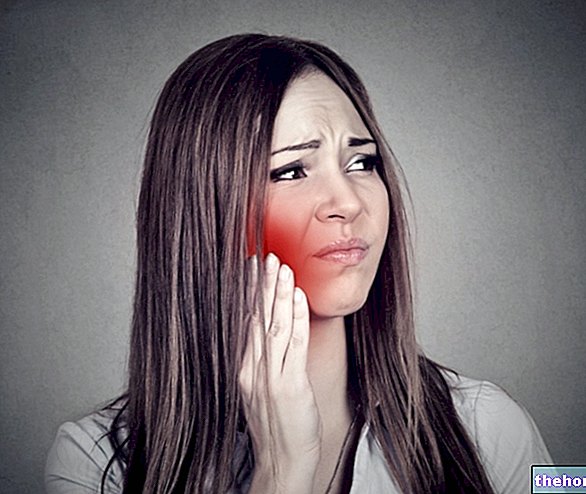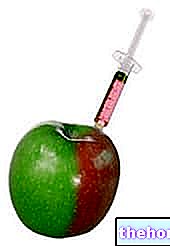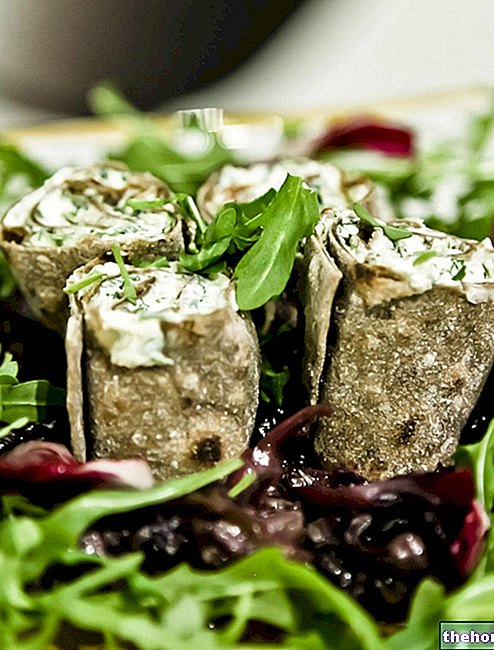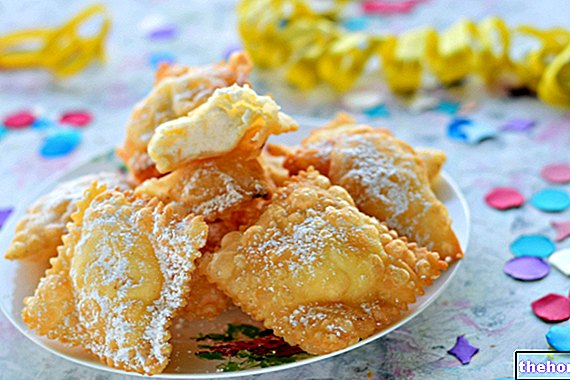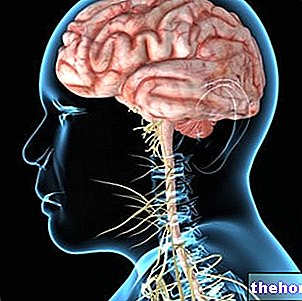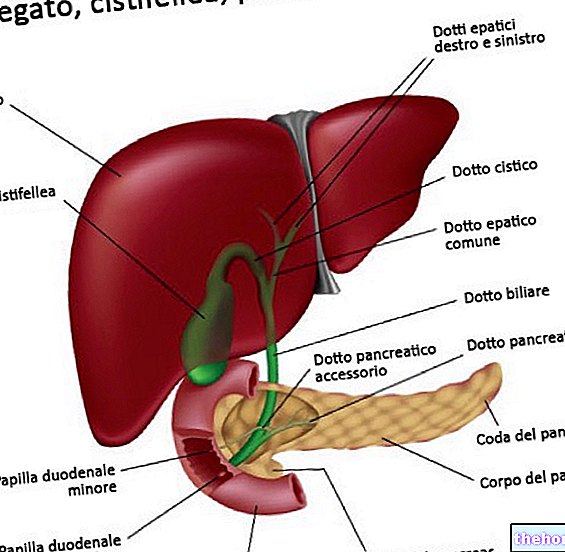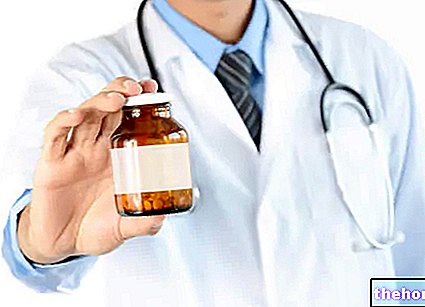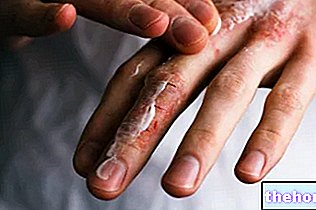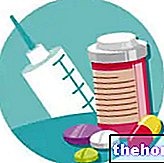E163 ANTHOCYANS
Anthocyanins or anthocyanins, belonging to the flavonoid family, are polyhydroxylated polyaromatic compounds, capable of reacting with oxidants (such as molecular oxygen and free radicals) neutralizing them and thus decreasing the tissue damage that these molecules can cause.
Anthocyanins are a set of water-soluble pigments that give color to fruit, vegetables and flowers. They have a color that varies from red to blue and this chromatic variation also depends on the pH value present in the medium in which they are found, as well as on the formation of salts with possibly contained heavy metals.
Anthocyanins are present, in different concentrations, in higher plants (almost all), in flowers and fruits, in shrubs, and in leaves and roots, often together with carotenoids and flavonoids. All these pigments produce the typical color of autumn leaves.
Anthocyanins are frequently used as natural food additives, thanks to their peculiarity in giving a specific color to the products in which they are contained, such as soft drinks, yogurt, fruit jams, confectionery products, packaged ice creams, popsicles, fruit preserves, sauces etc., without causing negative side effects for man. For this reason it would be desirable, also to fully exploit their antioxidant power, to increase the anthocyanin content in the various food products in place of similar but synthetic dyes.
The anthocyanins, thanks to their intrinsic characteristics, they can perform different functions:
- in newly sprouted plants and buds, they have a protective function from ultraviolet rays;
- thanks to the "bright" colors of their pigments, they are able to attract insects and animals, favoring the reproduction of plants and the transport of seeds;
- they protect against capillary fragility and counteract various cellular aging processes;
- they can be used as pH indicators, turning from red to blue as the alkalinity of the environment increases;
- they can be used as red food dyes and indicated on product labels, with the initials E163.
There are subclasses of E163 which are the following:
E163 (a) Pelargonidine → present in strawberries, blackberries, radicchio roots, but completely absent in any grape variety;
E163 (b) Cyanidin → present in numerous products, such as peaches, cherries, plums, red cabbage;
E163 (c) Peonidina → present in grape, mango;
E163 (d) Delphinidin → present in grapes, black currant;
E163 (e) Petunidina → present in the American grape;
E163 (f) Malvidina → present in red grapes.
Anthocyanins are mainly extracted from the skin of red grapes, some red berries and red cabbage.
They do not have any harmful side effects.
ADI DOSE: /


